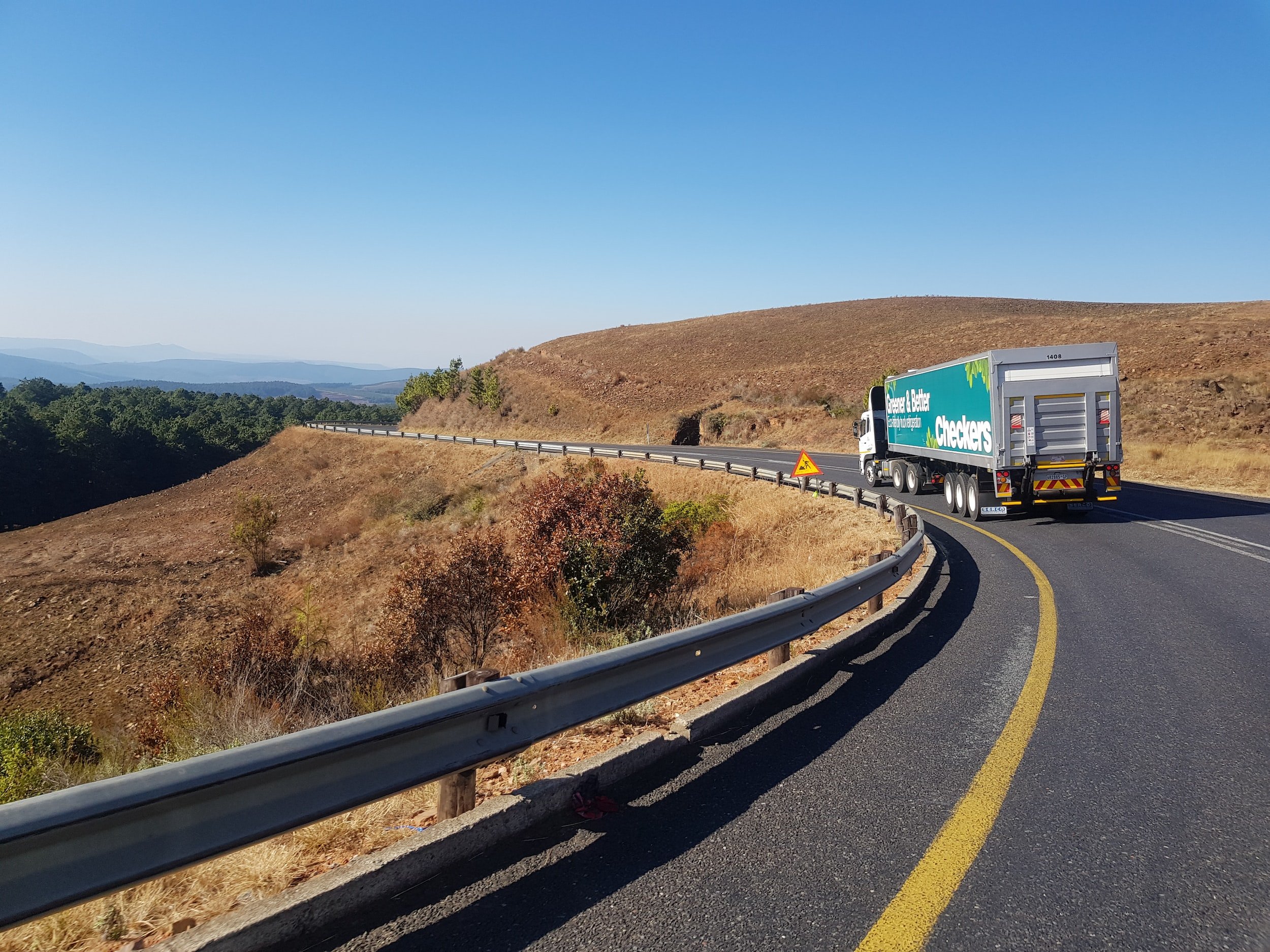Policy LINK Presents Lessons on Improving Agriculture Trade Competitiveness
Building East Africa’s agriculture capacity for and competitiveness in intra-regional trade in agricultural products and services has become increasingly urgent in the face of global dynamics, like Russia’s war on Ukraine, that limit international trade. Other shocks, like regional conflict, increasing climate variability, and the COVID-19 pandemic, have also disrupted supply chains and compounded food insecurity.
Policy LINK's research shows that to increase competitiveness in agricultural trade competitiveness, countries will need to do three things: 1) increase productivity, 2) remove or reduce trade barriers, and 3) reduce trading costs.
To address some of these issues, the USAID Policy LINK project, as part of its “Strengthening Competitiveness in Regional Agricultural Trade” activity, presented some of its lessons and findings at the USAID East Africa Regional Economic Growth Conference held on the September 14-15, 2022 in Nairobi, Kenya.
The meeting, attended by about 60 stakeholders from the USAID East Africa regional and bilateral missions, USAID Washington, USAID implementing partners, and the private sector, focused on sharing lessons and deepening communication, collaboration, and learning on jointly defined priorities. Participants offered specific reflections around food insecurity in the face of drought and Russia’s war on Ukraine as well as explored opportunities in energy, climate change financing, and regional integration.
Policy LINK shared analysis and trends in intra-regional trade. The results include evidence of declining productivity of cereals, which will limit the amount of grain available for external trade. On a brighter note, the analysis shows that there are significant opportunities for intra-regional trade, particularly for meat and non-food crops. Policy LINK's research shows that to increase competitiveness in agricultural trade competitiveness, countries will need to do three things: 1) increase productivity, 2) remove or reduce trade barriers, and 3) reduce trading costs.
For each of these three areas, Policy LINK presented stakeholder-developed, implementation-ready, high-priority solutions. To increase productivity, innovations and solutions were proposed on increasing access to quality seeds and better crop protection products. To reduce trading costs, solutions were proposed to address the high costs of transport and logistics, which account for as much as 60 percent of product costs in East Africa. To reduce trade barriers, including those related to Sanitary and Phytosanitary Standards, solutions emphasized the need for strengthening private sector leadership through industry self-regulation to strengthen compliance with food standards in regional grains trade.
Given the complexity of agricultural trade and the myriad of possible activities, Policy LINK presented a model for regional trade programming designed to support USAID partners grappling with the choice of what to do. The model is practical and stresses a participatory approach with local actors to diagnose and develop strategic, context-specific solutions.
Resources
The research and analysis and other documents from the work by Policy LINK are available through this link: Strengthening Competitiveness in Regional Agriculture Trade.

